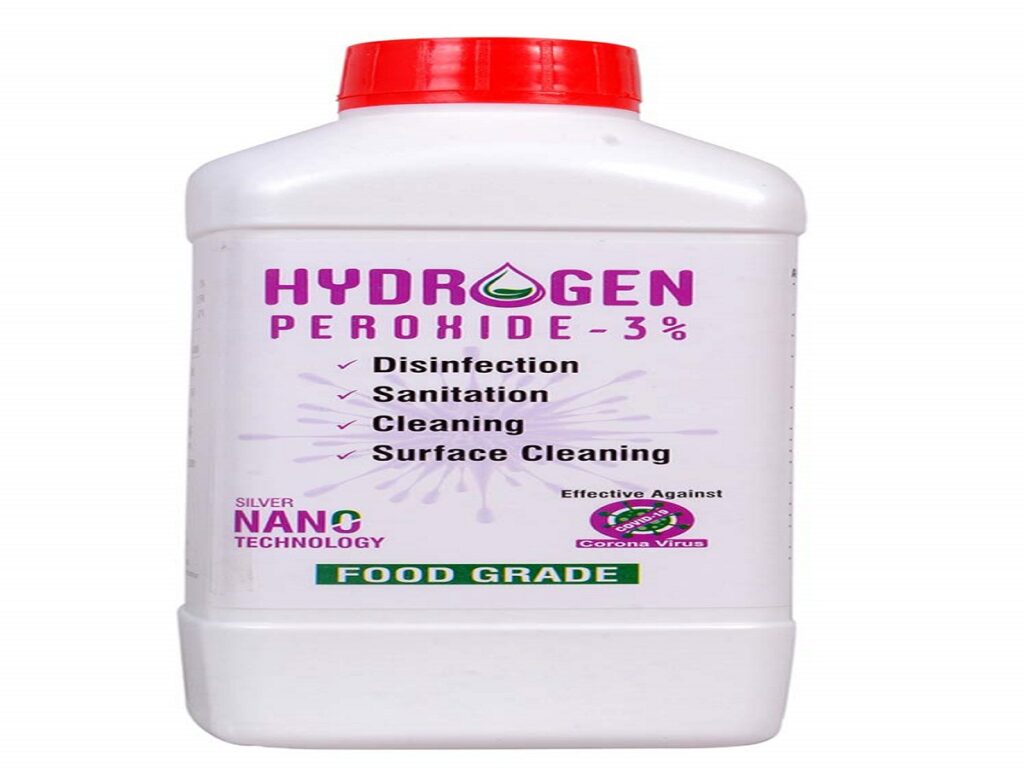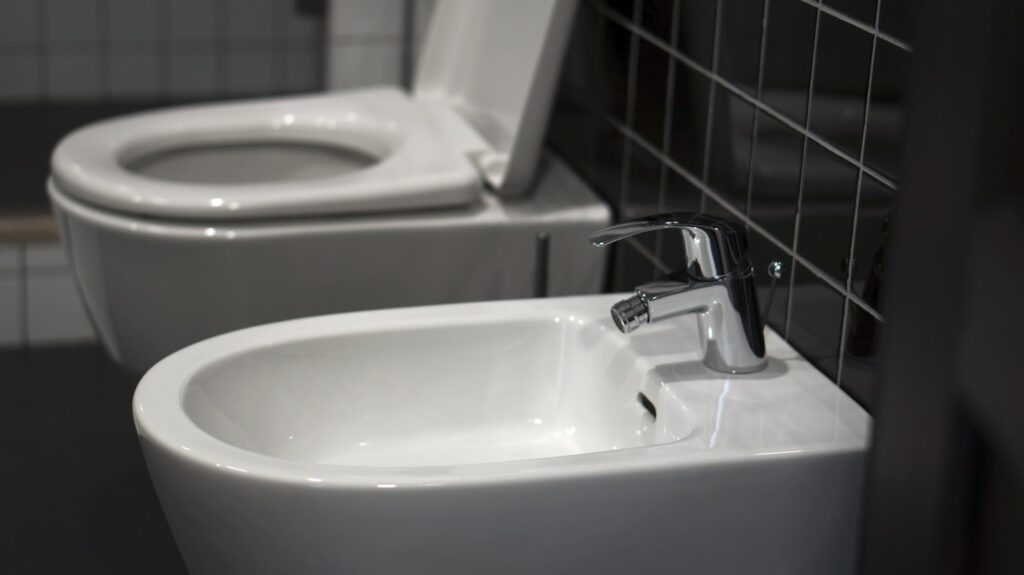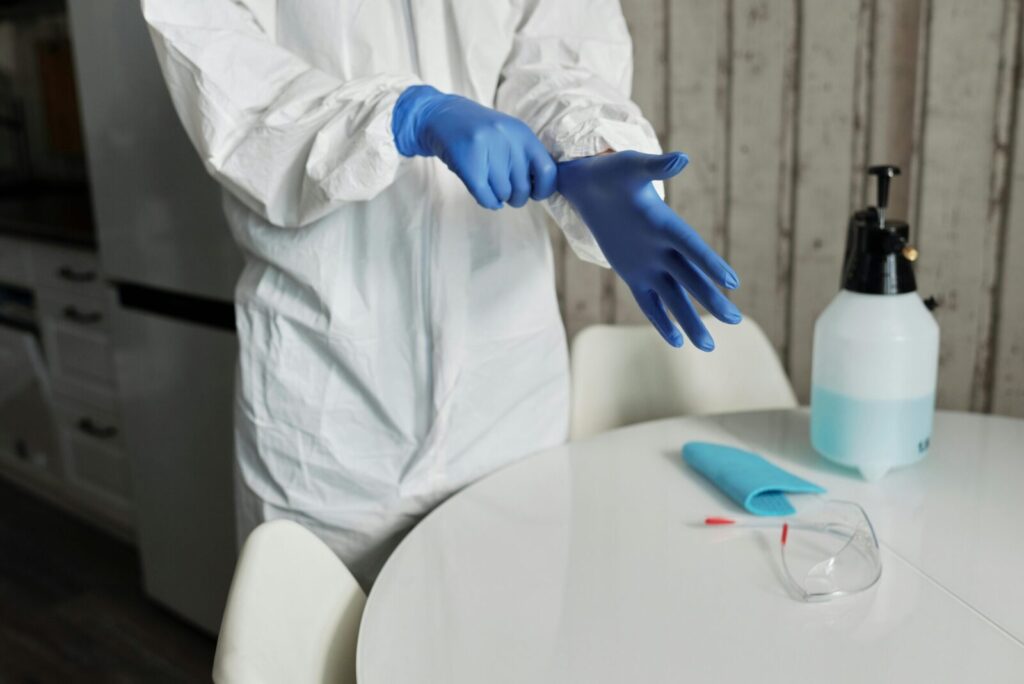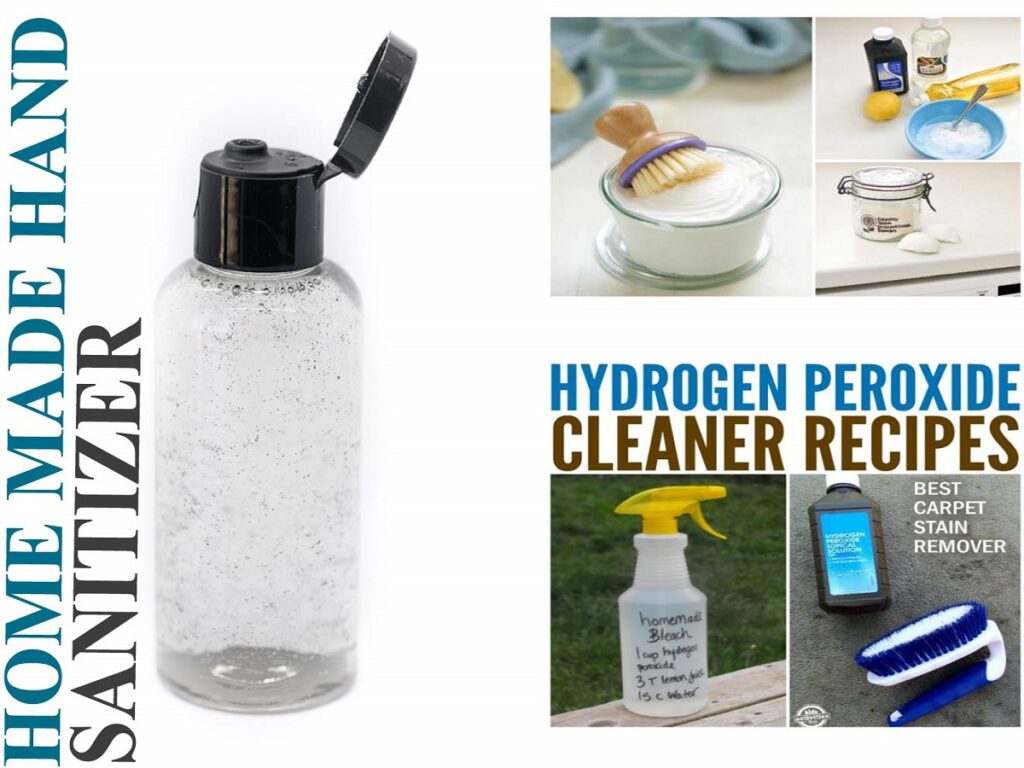Hydrogen peroxide, first discovered in 1818 by French chemist Louis Jacques Thénard, has long been valued for its disinfecting and bleaching properties. While many people associate it primarily with wound care or fabric whitening, its application in bathroom cleaning has gained attention due to its efficiency and safety. When poured into the toilet, hydrogen peroxide works to disinfect surfaces, remove stains, and neutralize odors. Its chemical properties make it an environmentally friendly alternative to harsh chlorine-based cleaners, providing households with a simple and reliable method for maintaining both hygiene and appearance in their toilets.
The Science Behind Hydrogen Peroxide

Hydrogen peroxide, chemically denoted as H₂O₂, is a simple compound composed of hydrogen and oxygen. Its effectiveness stems from its ability to act as a powerful oxidizer: when it decomposes, it releases oxygen molecules that break down organic matter, including bacteria, stains, and mineral deposits. This reaction is accelerated by heat or light, making it highly reactive and efficient for cleaning. In toilets, this oxidative action helps lift grime that traditional detergents often leave behind. Its decomposition into harmless water and oxygen also ensures that it leaves no toxic residues, making it safer for both humans and the environment.
How It Disinfects Toilet Surfaces

The disinfecting power of hydrogen peroxide is particularly valuable in bathrooms, where germs are abundant. When applied to the toilet bowl, it penetrates organic residues and releases oxygen bubbles that actively destroy microorganisms such as E. coli, Salmonella, and Staphylococcus aureus. Scientific studies confirm that a standard 3% solution is sufficient to neutralize many common pathogens without the need for aggressive chemical cleaners. By regularly using hydrogen peroxide, homeowners can maintain a more sanitary environment, reduce the presence of harmful bacteria, and prevent the formation of biofilm that contributes to persistent odors and staining.
Whitening and Stain Removal Power
Toilet bowls are prone to yellowing and discoloration caused by minerals, rust, or organic waste. Hydrogen peroxide’s oxidizing properties target these stains at a molecular level, effectively lifting them and restoring the porcelain’s original brightness. For optimal results, it is recommended to pour the solution into the bowl, allow it to sit for 15-20 minutes, then scrub gently with a toilet brush. Unlike bleach, it does not emit harsh fumes or risk damaging the surface if used appropriately. This makes hydrogen peroxide an effective, non-toxic whitening agent that safely enhances the cleanliness and appearance of toilet bowls over time.
Safe and Eco-Friendly Cleaning Alternative
One of hydrogen peroxide’s greatest advantages is its environmental compatibility. Unlike many chemical cleaners, it decomposes into water and oxygen after use, leaving no harmful residues or volatile organic compounds (VOCs) behind. This makes it safe for plumbing systems, septic tanks, and water ecosystems. Using hydrogen peroxide reduces reliance on harsh chemicals that can erode surfaces, pollute the environment, or pose health risks to household members. Its biodegradability, combined with its disinfecting and stain-removing properties, positions it as a sustainable and responsible cleaning choice for modern households seeking safer bathroom maintenance options.
How to Use Hydrogen Peroxide in Toilets
Using hydrogen peroxide in the toilet is straightforward. Pour approximately half a cup of 3% solution directly into the bowl, making sure it reaches under the rim. Let it sit for 15-30 minutes to allow oxidation to break down stains, bacteria, and deposits. Scrub with a toilet brush and flush. For stubborn stains, the solution can be left overnight. It is crucial not to mix hydrogen peroxide with bleach or ammonia, as this can trigger harmful chemical reactions. Correct use ensures maximum effectiveness, delivering a clean, disinfected, and odor-free toilet without the hazards of harsh chemical cleaners.
Deodorizing Effects and Freshness
Hydrogen peroxide does more than just sanitize; it also neutralizes odors at their source. Organic waste and bacteria produce foul smells that air fresheners cannot fully eliminate. When hydrogen peroxide is applied, its oxygen-releasing reaction destroys odor-causing bacteria, providing lasting freshness. Regular weekly use ensures that the bowl remains clean, deodorized, and hygienic. Unlike fragrances or masking agents, hydrogen peroxide tackles the underlying causes of unpleasant odors, making it an ideal solution for households concerned with both cleanliness and air quality in bathroom spaces.
Precautions and Safe Handling

Despite its general safety, hydrogen peroxide requires careful handling. Use only a 3% household-grade solution for toilets; higher concentrations can irritate skin or damage surfaces. Gloves are recommended during application to avoid irritation. Store it in a dark container to prevent decomposition from sunlight exposure. Avoid contact with the eyes and prolonged skin contact, and ensure good ventilation when cleaning. By following these precautions, users can safely benefit from its disinfecting, whitening, and deodorizing effects while minimizing potential risks, making it a reliable tool in routine bathroom maintenance.
Common Mistakes to Avoid

Many users inadvertently reduce hydrogen peroxide’s effectiveness by mixing it with other household chemicals like vinegar, ammonia, or bleach. These combinations can neutralize its cleaning power or even produce harmful gases. Another frequent mistake is overuse repeatedly applying large amounts can slightly erode protective coatings on porcelain over time. Additionally, insufficient dwell time prevents the solution from fully oxidizing stains and bacteria. Proper application, correct concentration, and allowing sufficient contact time ensure that hydrogen peroxide delivers optimal cleaning and disinfection results without causing damage to fixtures or plumbing systems.
Final Thoughts on Its Benefits
Hydrogen peroxide provides a practical, eco-friendly, and highly effective approach to toilet maintenance. It disinfects, deodorizes, and removes stains while leaving no toxic residues, making it safer for households and septic systems. Its long history as a disinfectant underscores its reliability, and modern use in toilets demonstrates its versatility. By incorporating hydrogen peroxide into routine cleaning, homeowners can maintain a hygienic, fresh, and visually clean bathroom environment. Its combination of safety, efficiency, and environmental responsibility makes it one of the best alternatives to traditional chemical cleaners.
Comments